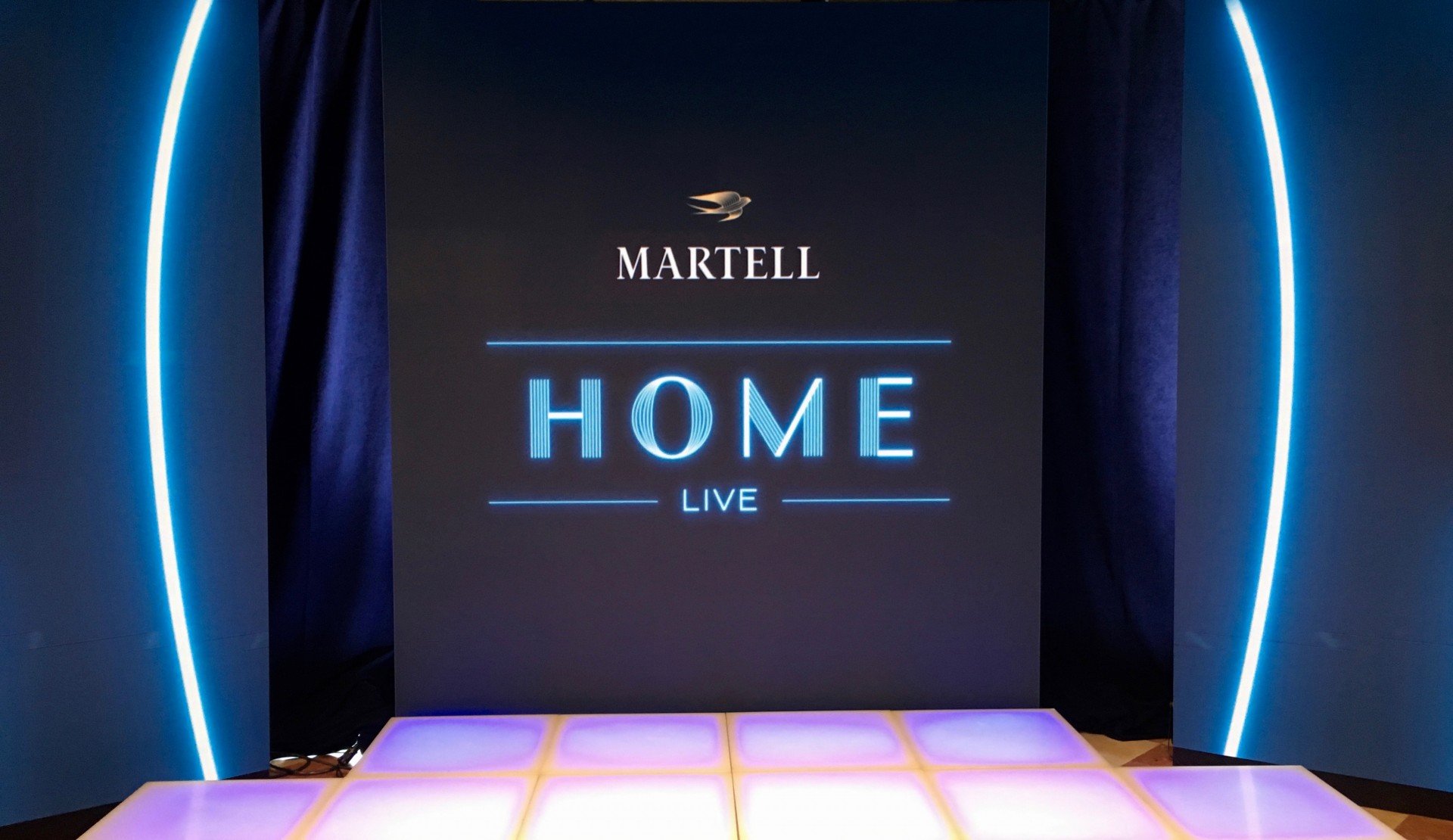Exploring How Definition Affects the Performance and Aesthetic Quality of LED Walls in Contemporary Exhibition Technology
Exploring How Definition Affects the Performance and Aesthetic Quality of LED Walls in Contemporary Exhibition Technology
Blog Article
LED walls are growing increasingly popular in various environments, including concerts and athletic events to business displays and art installations. One of the most crucial factors that influence the functionality and image clarity of these displays is resolution. Resolution denotes the number of picture elements that compose the visual on the screen. Increased resolution indicates more picture elements, which can result in sharper and clear visuals. Understanding how resolution impacts LED walls can assist operators make knowledgeable decisions about their display needs.
When discussing image clarity, it is crucial to take into account picture pitch, which is the gap between the center of one pixel to the center of the next pixel. A smaller pixel pitch yields a higher resolution, enabling additional clarity in the visuals displayed. For example, an LED wall with a pixel pitch of 1.5mm will provide a clearer visual than one with a picture spacing of 3mm. This is particularly crucial in settings where audiences are near to the screen, such as in a small location or a trade show booth. In these cases, a greater resolution can significantly enhance the viewing quality.
Another factor of image clarity is its impact on color precision and luminosity. LED walls with higher resolutions often have superior color reproduction, meaning that the colors displayed are more lively and realistic. This is essential for uses like marketing, where the goal is to attract attention and convey a concept efficiently. Additionally, greater resolution displays can maintain luminosity levels even when viewed from different angles. This is important in big locations where viewers may be positioned at different distances and angles from the screen.
The functionality of LED screens is also affected by image clarity in terms of update rates and response durations. A greater image clarity screen can support quicker update frequencies, which is essential for dynamic content such as films and animations. This means that the images on the screen will appear smoother and increasingly seamless, improving the total observing quality. In comparison, reduced resolution displays may struggle with dynamic content, leading to blurriness or delay. Therefore, for occasions that more helpful info rely on dynamic images, selecting a screen with a appropriate image clarity is vital.
In summary, resolution plays a vital role in determining the performance and visual clarity of LED screens. Elements such as picture pitch, color accuracy, brightness, refresh rates, and reaction times all affect how efficiently a screen can convey information and engage viewers. As technology continues to advance, understanding these factors will assist operators choose the appropriate LED screen for their specific needs, guaranteeing that they obtain the optimal potential results in their presentations and events.